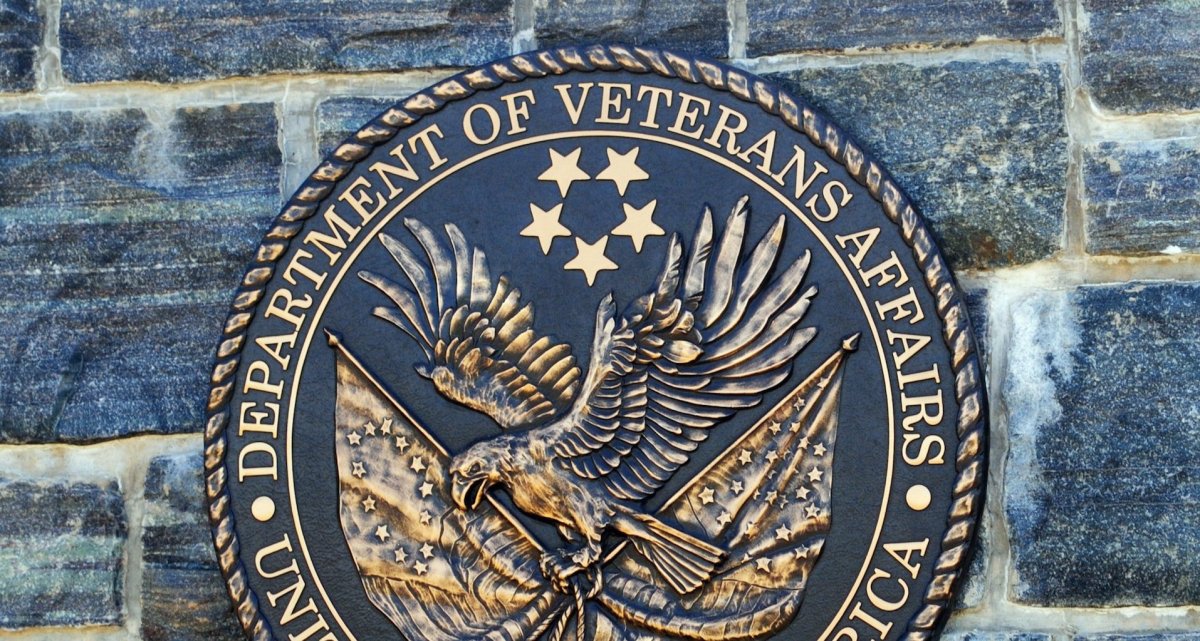Forever GI Bill implementation failed because no one was in charge, says IG

The Department of Veterans Affairs’ implementation of the Forever GI Bill failed because the project lacked a clear leader, the agency’s inspector general has concluded.
The IG published a report this week, in response to requests from Congress, that examines the “impediments” the VA faced in implementing two sections of the Harry W. Colmery Veterans Educational Assistance Act, or Forever GI Bill.
The sections in question change the way the VA pays a monthly housing stipend. Previously the stipend was based on the ZIP code of the school where the veteran was enrolled — now, going forward, it should be based on the ZIP code of the campus of that school where he or she attends the majority of his or her classes. This can be a big deal for student veterans who attend schools with campuses in, for example, both rural and urban areas. Delivering on this change required the VA to build a new piece of software, a task the agency contracted to Booz Allen Hamilton.
The rest of the story is a drama that’s played out in the media and in Congress over the past few months, and left some veterans without crucial benefits payments.
How did this happen?
“Based on OIG staff’s initial analysis, a significant factor… was the lack of an accountable official to oversee the project,” the report reads. The project began when the bill was signed in August 2017, but it wasn’t until November 2018 that the VA secretary named the undersecretary for benefits — Paul Lawrence — as the official responsible for implementing the Forever GI Bill.
What’s more, the various parties involved — the Office of Information and Technology, the VBA Education Service, the VBA Office of Business Process Integration, Booz Allen Hamilton, and various other VA leaders — often had different expectations and ideas. This divergence posed a “significant difficulty,” the IG found.
The lack of project leadership is not altogether surprising given that IT leadership at the VA has been in near-constant flux since the end of the Obama Administration. VA CIO LaVerne Council resigned at the change of administrations. She was followed, on an acting basis by Rob Thomas, then Scott Blackburn, who resigned in April, then Trump campaign staffer Camilo Sandoval. In July 2018, President Donald Trump nominated James Paul Gfrerer to the position. He was finally confirmed at the beginning of January.
“I think what’s missing is a competent person who can be held accountable,” Rep. Mark Takano, D-Calif., said during a hearing on the matter in November 2018.
Following that hearing, the Veterans Benefits Administration announced that it would “reset” its efforts to develop and deploy the needed software. The new estimated date of deployment is Dec. 1, 2019 — the VA has contracted with Accenture Federal Services for the software development and integration.
The agency has assured veterans and lawmakers that every beneficiary will get the payments they are entitled to, retroactively if necessary. The VA also told FedScoop in an email that it has set up a “program integration office” to “lead integration of all business, technical, and functional activities of the Colmery Act.”
“The OIG will continue to monitor VA’s actions,” the report states.





